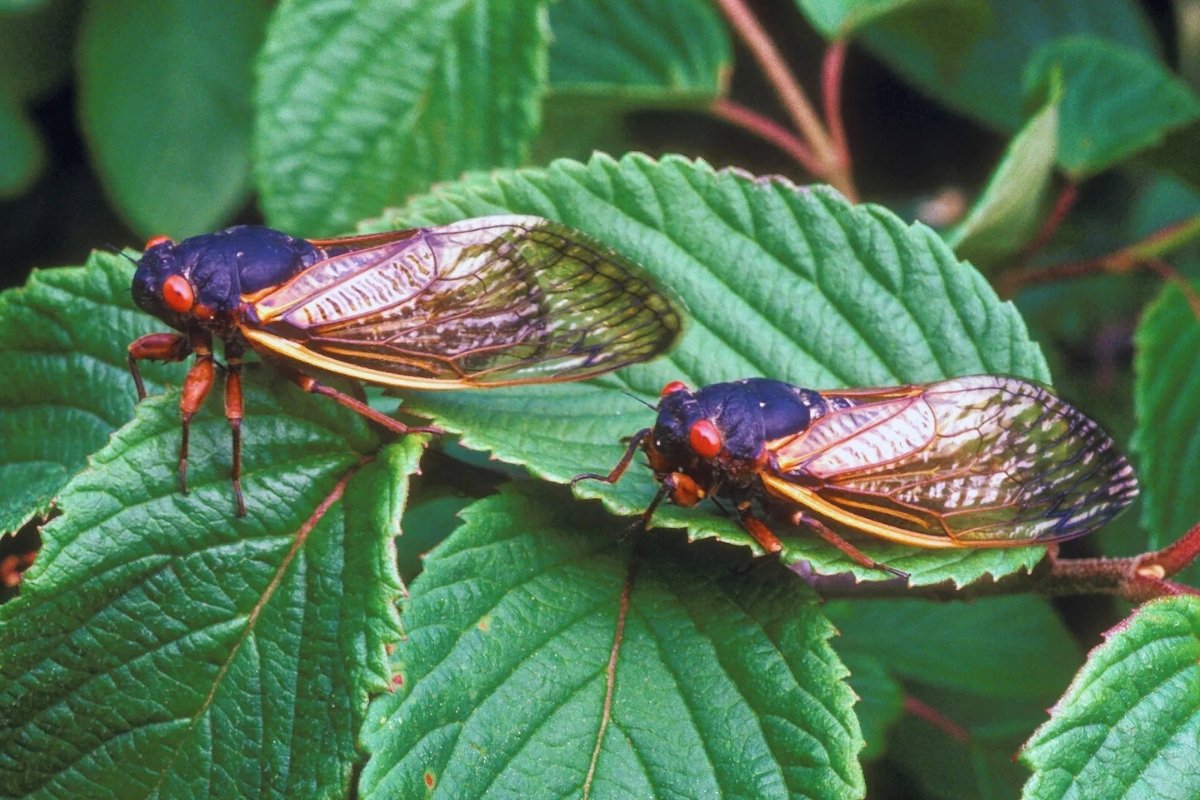
Reproductive isolation is a key concept in understanding how species evolve and maintain their distinct identities. But what exactly does it mean? Reproductive isolation refers to a set of mechanisms that prevent different species from interbreeding. These barriers can be physical, behavioral, or even genetic, ensuring that species remain separate despite living in the same environment. For example, some plants may flower at different times of the year, while certain animals might have unique mating calls. Reproductive isolation is crucial for biodiversity, as it allows species to adapt to their specific niches without interference from closely related organisms. This blog post will explore 30 intriguing facts about reproductive isolation that highlight its importance in the natural world.
What is Reproductive Isolation?
Reproductive isolation is a key concept in evolutionary biology. It refers to a set of mechanisms that prevent different species from interbreeding. These barriers maintain species boundaries and contribute to biodiversity.
- Reproductive isolation can be classified into two main types: prezygotic and postzygotic barriers.
- Prezygotic barriers prevent mating or fertilization between species.
- Postzygotic barriers occur after fertilization, affecting the viability or fertility of the offspring.
Types of Prezygotic Barriers
Prezygotic barriers are mechanisms that stop different species from mating. These barriers can be behavioral, temporal, mechanical, or ecological.
- Behavioral isolation happens when species have different mating rituals.
- Temporal isolation occurs when species breed at different times of the year.
- Mechanical isolation involves differences in reproductive structures that prevent mating.
- Ecological isolation happens when species live in different habitats within the same area.
- Gametic isolation occurs when sperm and egg cells from different species are incompatible.
Types of Postzygotic Barriers
Postzygotic barriers come into play after fertilization. These barriers affect the hybrid offspring's survival or reproductive success.
- Hybrid inviability means the hybrid offspring do not develop properly and die early.
- Hybrid sterility occurs when hybrids are sterile and cannot reproduce.
- Hybrid breakdown happens when the first-generation hybrids are fertile, but their offspring are not.
Examples of Reproductive Isolation in Nature
Reproductive isolation is observed in many species across the animal and plant kingdoms. These examples highlight how isolation mechanisms work in real life.
- Lions and tigers can produce hybrids called ligers, but these hybrids are often sterile.
- Eastern and Western meadowlarks have different songs, leading to behavioral isolation.
- Apple maggot flies exhibit ecological isolation by laying eggs on different types of fruit.
- Different species of frogs may have temporal isolation by breeding at different times of the year.
Importance of Reproductive Isolation in Evolution
Reproductive isolation is crucial for the process of speciation, where new species arise. It helps maintain genetic diversity and allows species to adapt to different environments.
- Speciation often begins with reproductive isolation.
- Adaptive radiation can occur when species diversify rapidly due to new ecological opportunities.
- Genetic drift and natural selection can further enhance reproductive isolation.
- Sympatric speciation happens when new species evolve from a single ancestral species while inhabiting the same geographic region.
Human Impact on Reproductive Isolation
Human activities can influence reproductive isolation in various ways. Habitat destruction, pollution, and climate change can disrupt these natural barriers.
- Habitat fragmentation can lead to reduced gene flow between populations.
- Pollution can affect reproductive health and lead to hybridization.
- Climate change can alter breeding times and habitats, affecting reproductive isolation.
- Invasive species can introduce new genes and disrupt existing reproductive barriers.
Genetic Mechanisms Behind Reproductive Isolation
Genetic factors play a significant role in reproductive isolation. Mutations, gene flow, and chromosomal changes can all contribute to the development of isolation mechanisms.
- Mutations can lead to new traits that cause reproductive isolation.
- Gene flow between populations can either enhance or reduce reproductive isolation.
- Chromosomal changes like polyploidy can create instant reproductive barriers.
- Genetic incompatibility can prevent successful fertilization or development of hybrids.
Reproductive Isolation in Plants
Plants also exhibit various forms of reproductive isolation. These mechanisms ensure that plant species remain distinct and can adapt to their specific environments.
- Flowering time differences can lead to temporal isolation in plants.
- Pollinator preferences can cause behavioral isolation in flowering plants.
- Self-incompatibility systems prevent self-fertilization and promote cross-pollination, maintaining species boundaries.
Final Thoughts on Reproductive Isolation
Reproductive isolation plays a crucial role in the formation of new species. By preventing different species from interbreeding, it maintains the distinct characteristics of each species. This process can occur through various mechanisms like geographic barriers, behavioral differences, or temporal isolation. Understanding these mechanisms helps scientists grasp how biodiversity evolves and adapts over time.
Reproductive isolation isn't just a scientific concept; it has real-world implications for conservation efforts. Protecting habitats and understanding species' behaviors can aid in preserving the delicate balance of ecosystems. As we continue to study and learn more about reproductive isolation, we gain valuable insights into the natural world and our place within it.
So, next time you see a unique species, remember the fascinating processes that keep it distinct. Reproductive isolation is a key piece of the puzzle in the story of life on Earth.
Was this page helpful?
Our commitment to delivering trustworthy and engaging content is at the heart of what we do. Each fact on our site is contributed by real users like you, bringing a wealth of diverse insights and information. To ensure the highest standards of accuracy and reliability, our dedicated editors meticulously review each submission. This process guarantees that the facts we share are not only fascinating but also credible. Trust in our commitment to quality and authenticity as you explore and learn with us.
